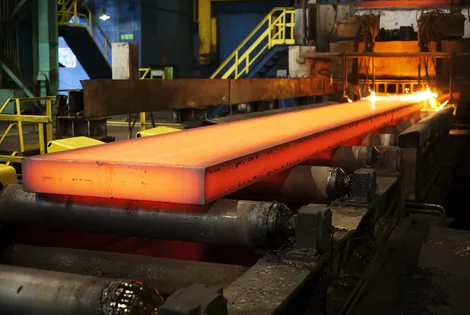In recent years, there has been a significant slowdown in the number of discovered large deposits. Legendary goldfields such as South Africa's Witwatersrand Pool, Carlin Trend and Australia's Super Pit are nearing the end of their lifecycle and could well be a thing of the past.
Over the medium to long term, this could lead to an imbalance in supply and demand and ultimately put strong pressure on the price of gold. And since it takes an average of seven years to start production of a new mine, according to research, project approvals and other hurdles, the exit could retreat even further in the years to come.
Other factors contributing to the decline are stricter regulations and higher production costs. And unlike the oil industry, a mining method has yet to be invented to extract gold from hard-to-reach areas.
MinEx estimates that "for the Australian gold industry to maintain production at current levels over the long term, it will either need to double the amount spent on exploration or double its detection efficiency."
But as research becomes more costly, large manufacturers may very well decide to purchase smaller firms with proven, lucrative projects instead. And this means that the rise in gold prices can be very "intense".
The world is running out of gold mines

|
|
Azovpromstal® 1 November 2017 г. 10:46 |





